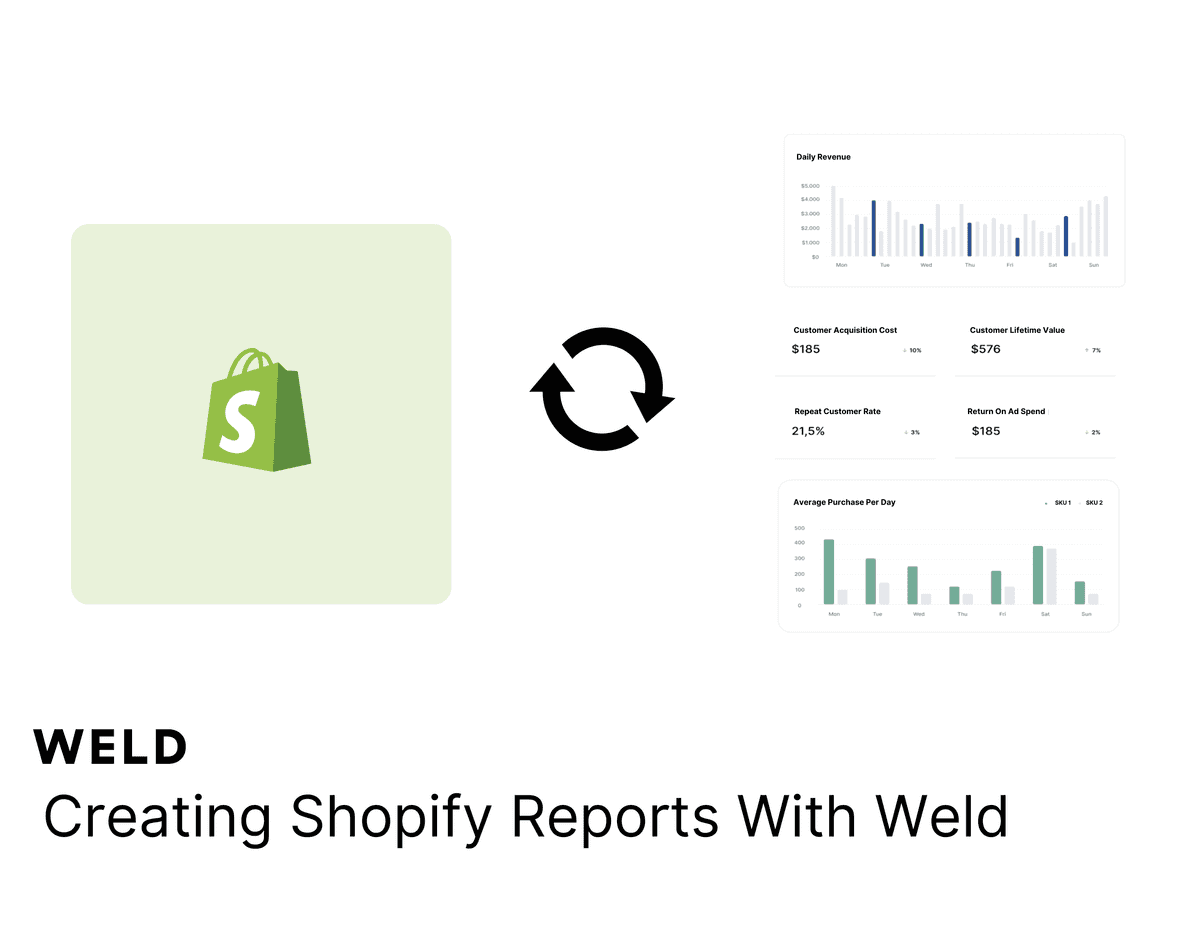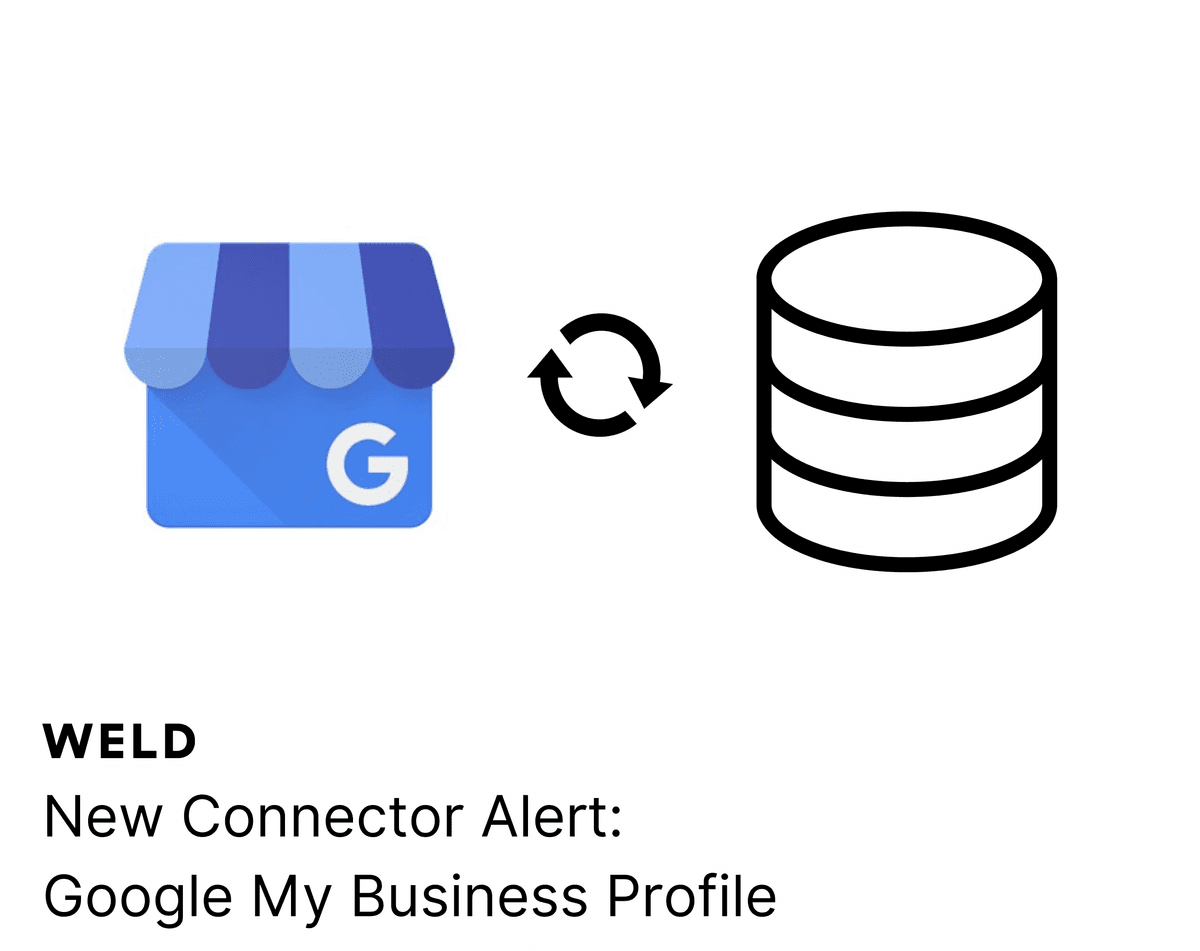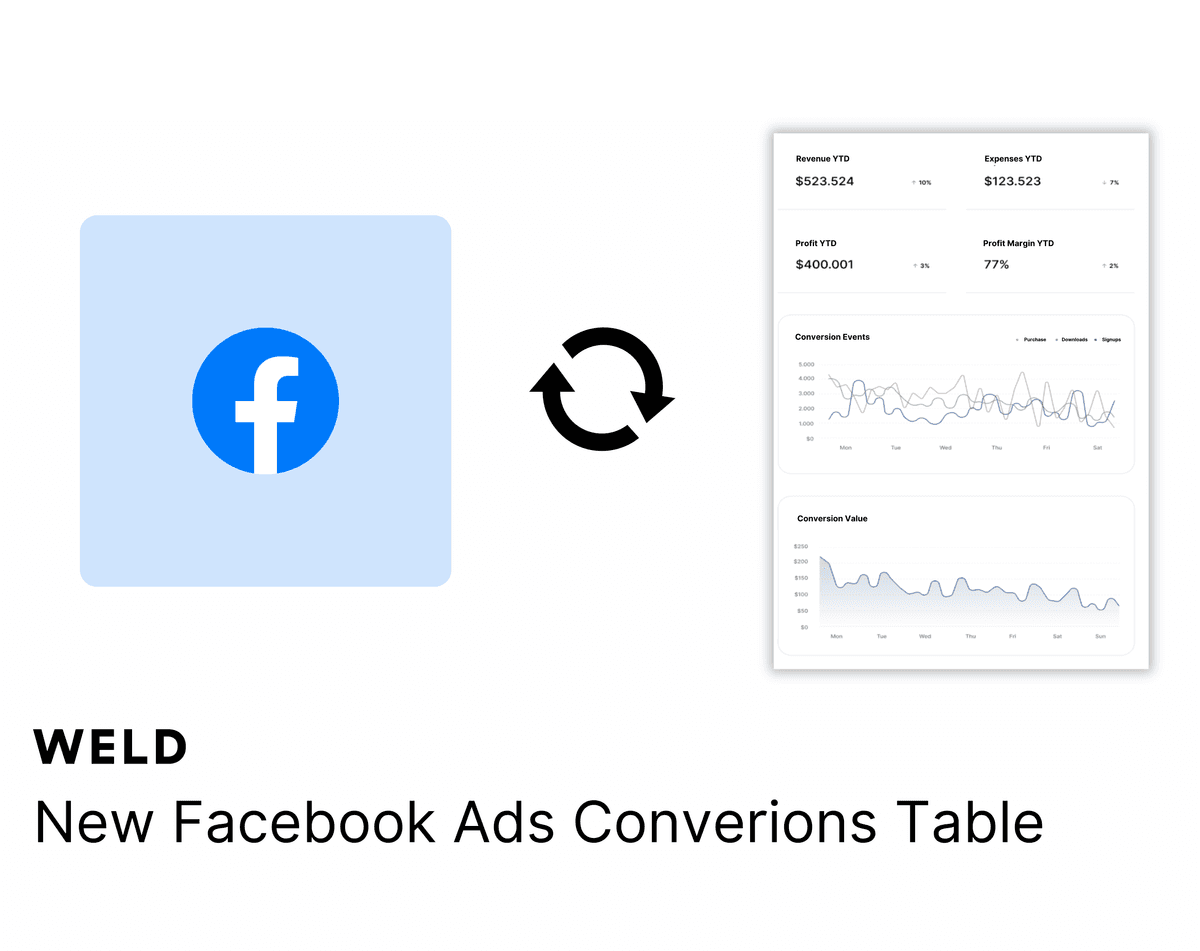
How to launch data analytics at your startup — with or without a data team
One of the biggest opportunities for every business is also one of the biggest challenges: launching their data and analytics operations. Even for big companies, becoming data-driven can take several months or even years, not to mention lots of money and a heavy workload. And for startups trying to deliver value quickly, continuously iterate, and outpace the competition, it can feel out of reach.
The good news is that the world of data is rapidly evolving, and innovation is making data operations more accessible to companies of every stage and size. With the right solutions and modern strategies, organizations are able to set up a modern data stack and start deriving value from it quicker than ever. Keep reading to learn how to kickstart your startup’s data and analytics operations, and become data-driven fast.
Do startups need data analytics?
In the early days of a startup where product development and proof of concept is the top priority, data and analytics often don’t make it into the roadmap, one 2018 study found. Some of the main barriers to implementing data analytics at startups listed in the study include time, finances, team capabilities, and business strategy.
“If we had more money we would employ someone to analyze product and customer data [...] I see the value of it, but for the time being, it is not a priority.”
– An interviewee from The Role of Data Analytics in Startup Companies: Exploring Challenges and Barriers, 2018
But having reliable data early on can help inform important decisions like what to prioritize, what to replicate, and what to abandon or undo. Being able to accurately measure and understand the success and failure of your efforts is essential in an agile, iterative startup environment.
It’s never too early to start your data and analytics efforts because the sooner you do, the better equipped your team will be to make smart, strategic, customer-centric decisions. And as your business scales, it will be easier to maintain alignment on KPIs, goals, strategies, and priorities.
Some benefits of data analytics for startups:
- Understanding how people navigate your website, product, and/or services
- Running and tracking tests to continually optimize performance
- Personalizing and improving upon your customer experience
- Streamlining your operations to support a more agile, efficient workflow
- Developing new features, products, or services based on customer feedback
- Expanding into new markets with more confidence and success

3 steps to launch data analytics at your startup
When business data is properly sourced, transformed, and activated, every company can get an ROI from it, no matter their stage or size. And with modern technology, it no longer takes a 5-10 person team of data experts to get you there. Here’s how to launch data analytics at your startup, with or without a data team.
1. Establish your goals
First, you need to establish your goals. What do you want to accomplish that you can't without data? What are you doing right now that data will help you improve? In 3 months, 6 months, and 1 year, what do you want to see as a result of launching your data analytics?
This is essential as it gives you a game plan for building your data strategy. By knowing what decisions you want data to inform before you invest in it, you can create a data strategy that fits your goals rather than the other way around.
To get started, think about your general goals for your business regardless of data. Write them down in a list. Then, consider how data can be used to inform and reach each of those goals. Write this down as well, and you should have a pretty good idea of what data can and should do for your business.
2. Set up a modern data stack
Next, you'll need to set up a modern data stack. A modern data stack is the system you use to collect, transform, and activate your data. It breaks down into 3 main parts:
- ELT pipelines extract data from your production database and the various SaaS apps your team is using. This is how you centralize your data in your data warehouse.
- A data warehouse is where all of your data is stored, cleaned, and centralized. It keeps everything organized, structured, and secure.
- Reverse-ETL pipelines send your transformed data back out to the apps, software, and systems that your teams used, activating it and bringing it into everyone’s day-to-day.
In the past, having a modern data stack meant having custom data architecture built by a team of data engineers. These setups consisted of several niche tools interconnected by pipelines, were developed over months or even years, and took a lot of time and resources to maintain. But now, there are options for both building or buying a modern data stack, and you no longer need a team of specialists to custom-build or maintain your architecture.
For startups and SMEs, all-in-one solutions like Weld are a much faster, simpler way to launch your data operations. With ELT and reverse-ETL functions built by expert engineers, you can get your modern data stack up and running in a matter of hours. And an interface designed for non-technical experts means company data is accessible to your whole organization, no in-house data team required. To learn more about how Weld can help you launch data analytics at your startup, book a call with one of our data experts.
Want to learn more? Get The Ultimate Guide to the Modern Data Stack →
3. Establish data governance
One of the most important parts of investing in data analytics is making sure you have proper systems in place to keep your data accurate, reliable, secure, and accessible. A proper data stack will lay the foundation for this, but beyond that it’s important to create ownership and accountability when it comes to your business data.
Building a data team or hiring a data analyst is one way to do this. If you have a data expert or team of data specialists, they can take charge of your data analytics operations and be responsible for the ongoing maintenance and management of your data and how it’s used.
But, with a complete modern data stack built for non-technical users, you can also develop this governance internally across your teams without a dedicated data department. By establishing clear KPI definitions and ownership, each stakeholder or team knows exactly how to measure success and what they’re accountable for. Weld’s Metrics Store helps you create a centralized source of truth for your key metrics, and clear ownership with built-in change logs and approval flows.
Big data isn’t just for big enterprises anymore
Gone are the days when data analytics was reserved for large-scale enterprises and major corporations. With the modern technology of today, early-stage startups can activate their customer data and reap the same benefits, pushing innovation and staying ahead of the competition.
Continue reading

How to set up your Shopify metrics in Weld
Learn how to set up your Shopify metrics in Weld and get actionable insights from your data.

New Connector Alert - Google My Business Profile
Looking to optimize your Google My Business Profile reporting? With our new ETL connector, you can effortlessly integrate your Google My Business Profile data with all your other data sources. Create a comprehensive view of your business metrics, enhance your analytics, and make more informed decisions with ease!

New Facebook Ads Conversion Table
Analysing your Facebook Ads conversion data has now got easier with our new conversion insights table.





